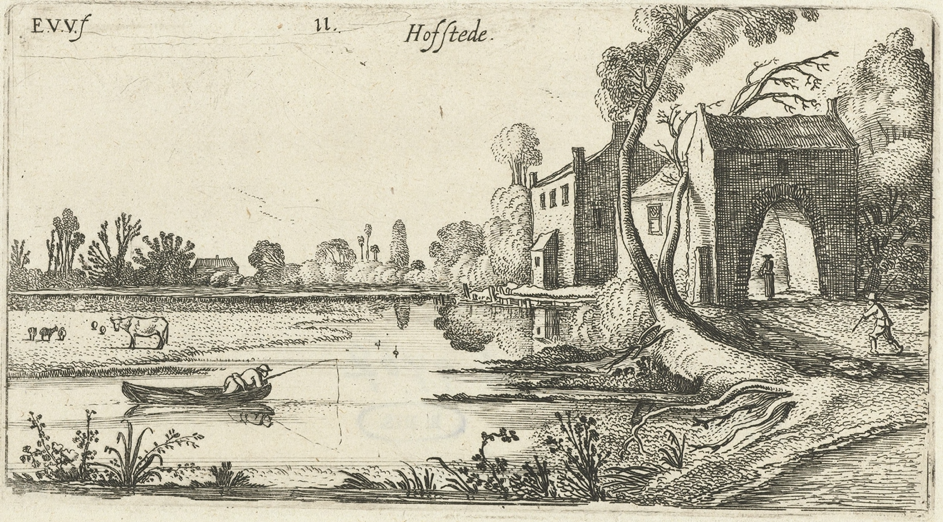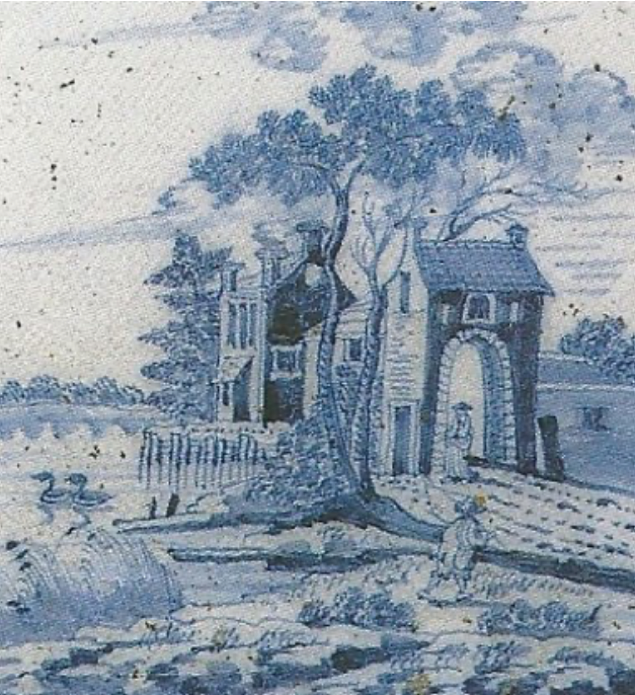Pair Chinese ‘Madame de Pompadour’ dishes
A beautiful pair of Qianlong period (1736-1795) Chinese export plates with ‘Madame de Pompadour’ decor, 18th century, around 1745, Jingdezhen, China.
Blue and white
Dimensions: 28 cm. diameter.
Reference: 10013
A large octangle shaped Chinese Qianlong period (1735-1796) plate with a Western subject after a design from Esaias van de Velde, 18th century, around 1750, Jingdezhen, China.
Blue and white
Dimensions: 38,5 x 38 cm.
 Secure payment
Secure payment
100% secure payment
 Worldwide shipping
Worldwide shipping
Fast delivery
 Free shipping in EU
Free shipping in EU
On all orders
 Professional packaging
Professional packaging
Professional order packaging
This rare plate depicts a Dutch landscape with in the middle a river and fishers on a sampan. The seated figure is surrounded by a larger tree, Western buildings, a gatehouse and a typical fence. The plate is a beautiful example of ‘chine de commande’ in the Qianlong period (1735-1796). We know that a Delft tile is used as an example for the design of the plate. This (or a similar tile) was probably brought to China by the Dutch merchants of the Dutch East Indian Company as a sample for new patterns on plates. Meanwhile in China, the Chinese artisans gave their own interpretation to the sample given. Similar plates with the same kind of setup but with pagodas and a Chinese landscape are very common. The Western ‘chine de commande’ subjects were on the other hand usually made on special order because it was more expensive.
The Dutch Delft tile is nowadays located in Castle Twickel in Delden. The design of the tile is directly made after an engraving (etching) of Esaias van de Velde (1587-1630). The engraving where we can see again the landscape with a river and gatehouse has the inscription ‘Hofstede’ and is made between 1613-1617. Beside its unusual shape, the subject with the information of the origin makes it a special item for collectors.
Condition: Good, one minor restoration to the start of a tiny hairline that can only be seen on the back.


